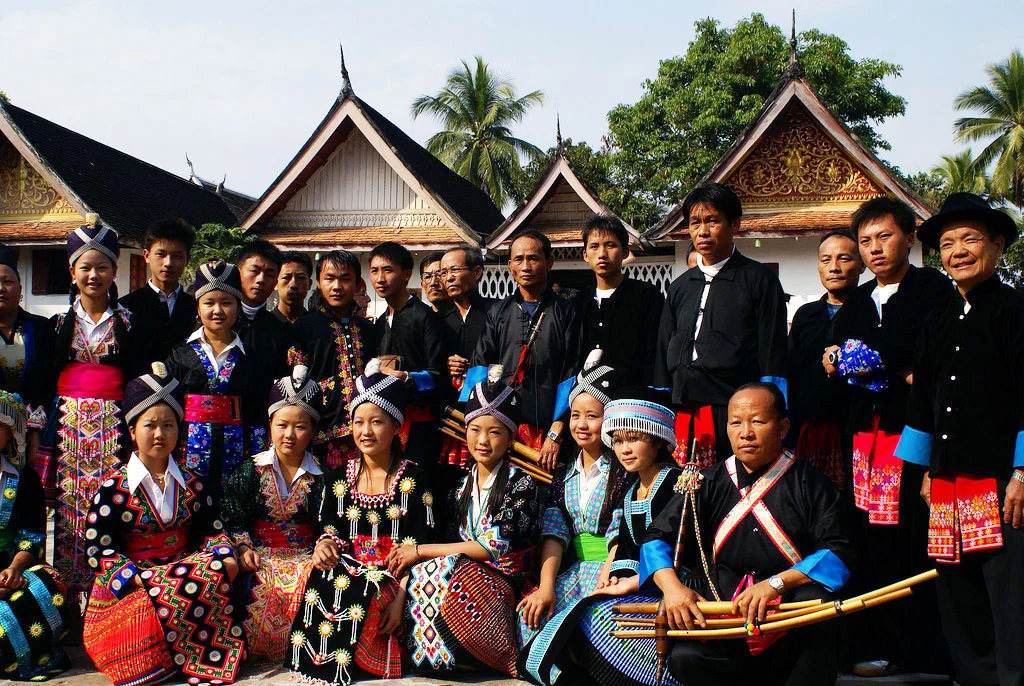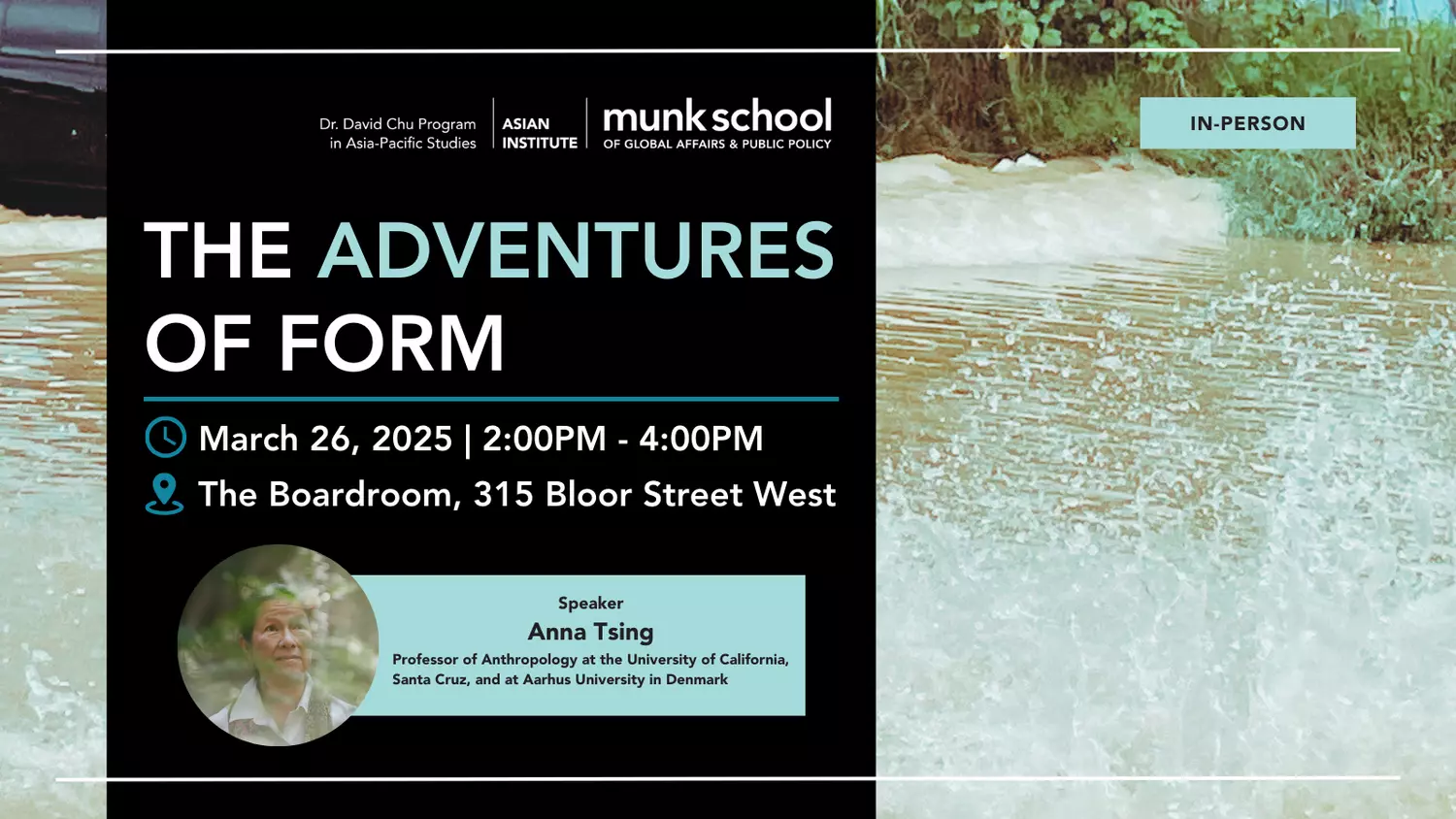The evening of February 3 rendered an opportunity to once again consider Korea through the lens of Taiwan thanks to the Asian Institute at the University of Toronto event, “Towards a New Normal in Taiwan’s Democracy?” The speakers — Joseph Wong, Shelley Rigger, and Alexander Chieh-cheng Huang — scrutinized the reasons for the Democratic Progressive Party’s (DPP; 民主进步党) victory and the implications of a Tsai Ing-wen presidency. Details about the DPP and other election-specific commentary notwithstanding, there was comparative value in many of the remarks, and two main, not exactly mutually exclusive, observations were of real value for Korean peninsula specialists.
First, there is in Taiwan a de facto political and sociological divide between (mainland) “China” and “Taiwan” (the island). The youngest generation in Taiwan finds the question, “Are you Chinese, Taiwanese, both, or neither?” to be somewhat ridiculous. They will respond accordingly. “You know where China is, right? You know where Taiwan is, right? These are different places — socially, politically and otherwise — right? Okay then; next question.” The emergence of this distinct socio-political consciousness in Taiwan — which is not, Shelley Rigger hastens to point out, “commensurate with the pro de jure independence sentiment of the DPP from the 1990s” — is a recent phenomenon. It also mirrors and matches (temporally speaking) the rise of a distinct and equally recent South Korean socio-political consciousness. Christopher Green and I would agree. In fact, Green recently penned the following, as a follow-up to a Diplomat article of mine in which I argued that youth hawkishness towards North Korea is indicative of a new nationalism:
“South Korea” is now defined by what it is rather than what it is not. It is not a unified cultural and political entity, sure, but for young people it never has been. To them, it is an export-led economy with a globally influential cultural sector. It has hosted a string of international events, starting with the Seoul Olympics of 1988 and encompassing the 2002 Korea-Japan World Cup, the G20 Summit of 2010 and, in 2012, the 2nd Nuclear Security Summit. Soon it will include the 2018 Winter Olympics.
Where the Taiwan-South Korea comparison breaks down, however, is with regards to the popular imagination about what once was or ought to be. There is no real understanding of a “unified China” in the sense that there is a real, lived understanding of a unified Korea. One has to go back a long way in the history books to find anything that could reasonably be described as a “unified China.” In this sense, at least, divided Germany is a more apt parallel for Korea. Germans throughout the Cold War (even younger ones) understood what once was and what ought to be; namely, a unified nation. The same cannot be said of China — what was it, exactly, before “two Chinas” existed?
A reasonable rebuttal may be that there is not much of a lived understanding of a unified Korea any more, either. Mass consciousness — historical memory — has to be manufactured and reproduced, and this is not actually being done in South Korea. Arguably quite the opposite. This counter-view is only going to gain weight with the passing of time, and that makes it worthy of further consideration, but not here.
The second observation is that there is a significant generational divide in Taiwan regarding the “ethnic” cleavage. Whereas before one could use the Chinese/Taiwanese divide to win votes (in other words, exploit the social cleavage), it is now subject to rapidly diminishing returns. For those coming of age in the era of Taiwanese democracy, a period of relative “strength and prosperity” for the small island nation, ethnicity does not divide or persuade like it once did.
A similar phenomenon seems to be underway in South Korea, where those coming of age in a liberal-democratic South Korea — a country undergoing the same structural problems that other advanced liberal democratic societies are going through — are less likely to see ethnicity as an important variable. The result is manifold: a decline in ethnic nationalism, sharper class distinctions (the well-to-do vs. not so well-to-do; those with “spec” vs. those without, etc.), a distinct sense of South Koreaness even vis-a-vis groups once considered ethnic compatriots (Korean-Chinese), and declining support for unification. To wit, and to close (from the introduction to Sino-NK my interview with Emma Campbell):
There is a clear link between the rise of South Korea’s “seven-give-up generation” (7포세대) – a media construct to be sure, but a meaningful one – and changing views of North Korea among the country’s youth. Just as precariously employed young Brits appear reluctant to accept high levels of immigration from Europe and beyond, it is surely no surprise that young South Koreans facing a ruthlessly competitive labor market would lose sight of the imperative for unification. Some have even turned against the very concept itself. Faced with a perceived possibility of 24 million additional job seekers on the peninsula, a large number of Korean youth seem to be saying, “Let’s give it a miss.”
This article was first published in Sino-NK digital publication on February 8, 2016. The content of this article does not represent the positions or opinions of the Synergy Editorial Committee. Please address all scholarly concerns directly to the contributor(s) of the article.
Steven Denney is the PhD Advisor of Synergy: The Journal of Contemporary Asian Studies. Outside of Synergy, he currently serves as the Managing Editor of Sino-NK.








